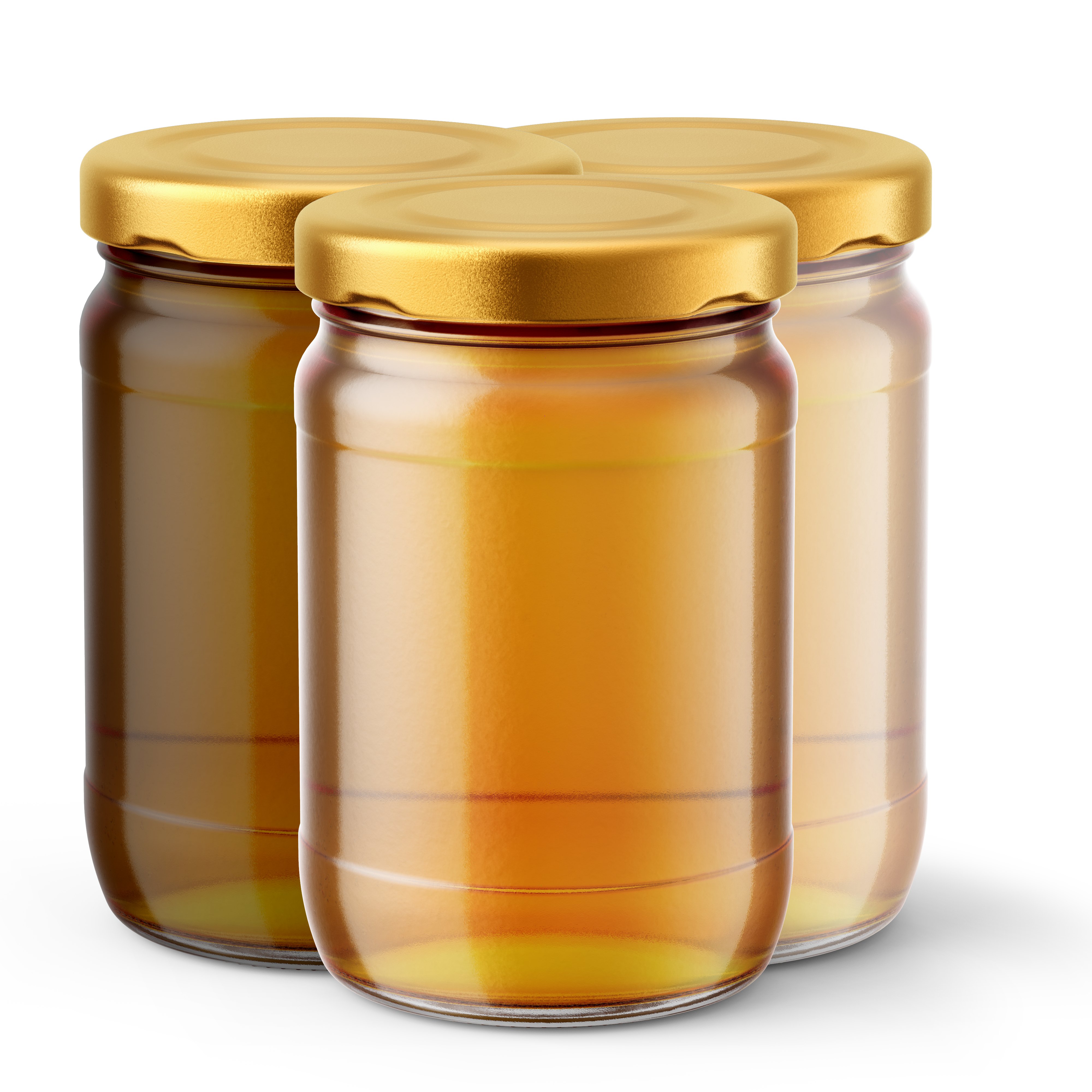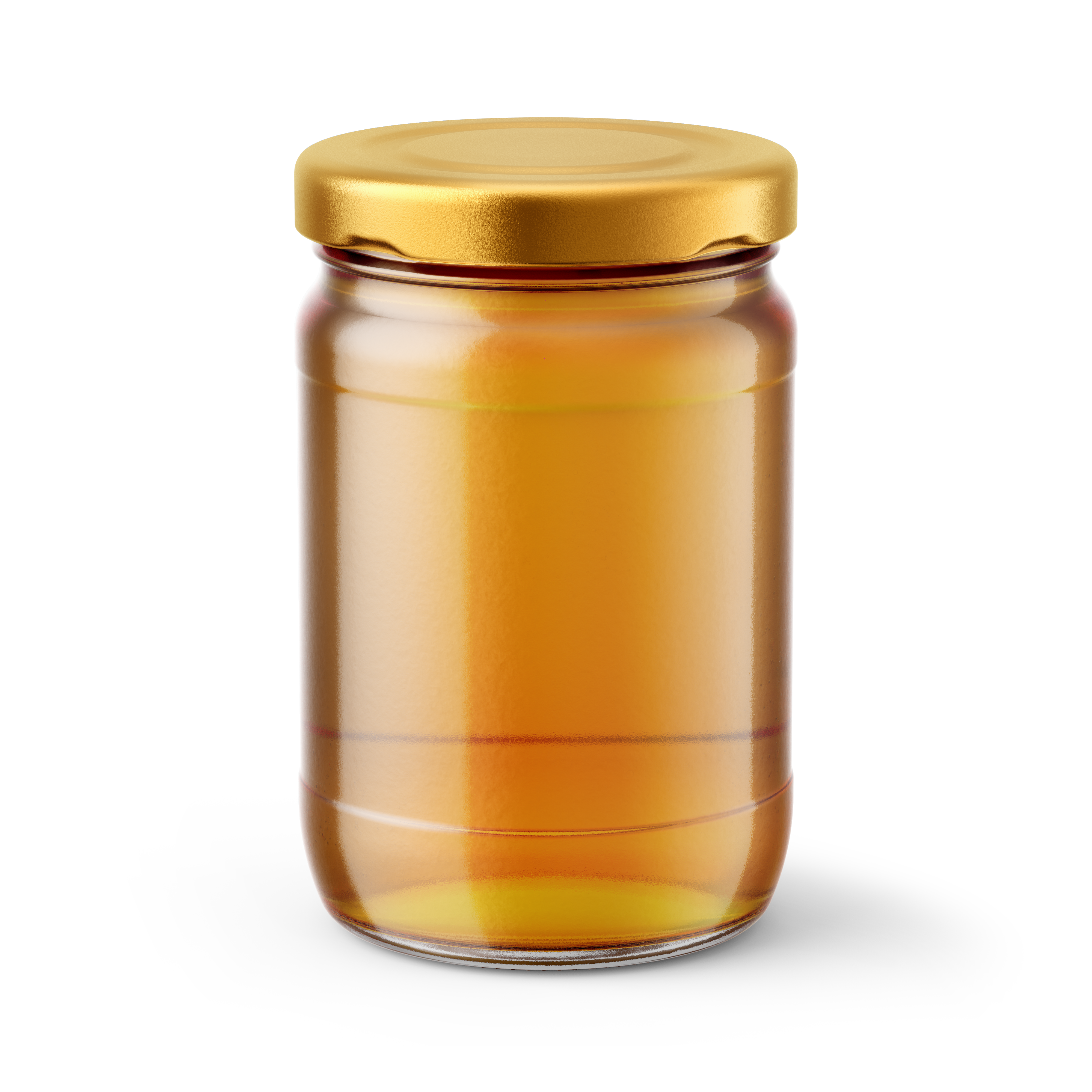







Operation license
Annual production capacity of 150 tons
Registration number 4172
High Quality
Quality assurance upon delivery You can safely buy honey!
Has a test sheet
All honeys have a test sheet that indicates the quality and health of our products.
Call for bulk purchase
Annual production capacity
Number of products available
Total number of products
Tips to consider when buying natural honey!

Honey color
The color and taste of honey is related to the type of plant from which the bee has prepared nectar. The color of the honey of a plant may vary depending on the type of soil and climatic conditions. Intensity of sunlight also affects the color of nectar.
The light color of honey is not a reason for its naturalness, but natural honey does not pass directly through it due to its colloidal nature, and the images and objects seen from behind the honeycomb are blurred. Counterfeit honey made from commercial glucose (batka), on the other hand, is like stained glass and can be easily seen from behind.

Sugar or clay honey!
Most honeys, after being stored in a warehouse, shop or home for a while, become sugary or crystallized on their own and come out of the liquid state and become so-called “clay”. The sugaring time (clay) of natural honey according to the type Plant, the amount and type of particles in honey, humidity, temperature, etc. vary so that some natural honeys become sugary after a few weeks, months and years.
One of the reasons for the sweetening of natural honey is the presence of an enzyme called “diastase” (amylase) in it. Honey diastase absorbs the fine essence and causes it to precipitate and become cloudy, so that it crystallizes the particles in honey and causes it to become sugary.

Honey test sheet!
One of the laboratory indicators for detecting the naturalness of honey is the amount of “sucrose” in honey. The standard of honey sucrose varies in different countries. In Iran, sucrose above 5% usually indicates the addition of simple sugar or sugar beet sugar or corn nectar with hydrolyzed acid.
The percentage of sucrose in honey depends on the nectar source. For example, the nectar of plants such as astragalus and coriander naturally has low sucrose, and the natural honey obtained from them has a sucrose level below 3. But the nectar of plants such as kunar is high in sucrose and honey obtained from the nectar of this plant will have a sucrose percentage of about 5 or more, even up to 14.

Storage conditions of honey
The best storage conditions for honey are dry place and temperatures between 5 and 25 degrees Celsius. It is also better to store honey in glass and plastic containers. Storing honey in metal containers changes the taste of honey in a short time.

Remove sugar or clay

Honey expiration date !!
It is the only food that never spoils. So we can keep it at home as much as we want without fear of it spoiling. It is not bad to know that in the tombs of the Egyptian pharaohs, jars of honey were found that had preserved their properties, color and taste after forty centuries. Honey is a substance that never becomes sour, moldy, or inedible. So we do not need to put honey in the refrigerator.
